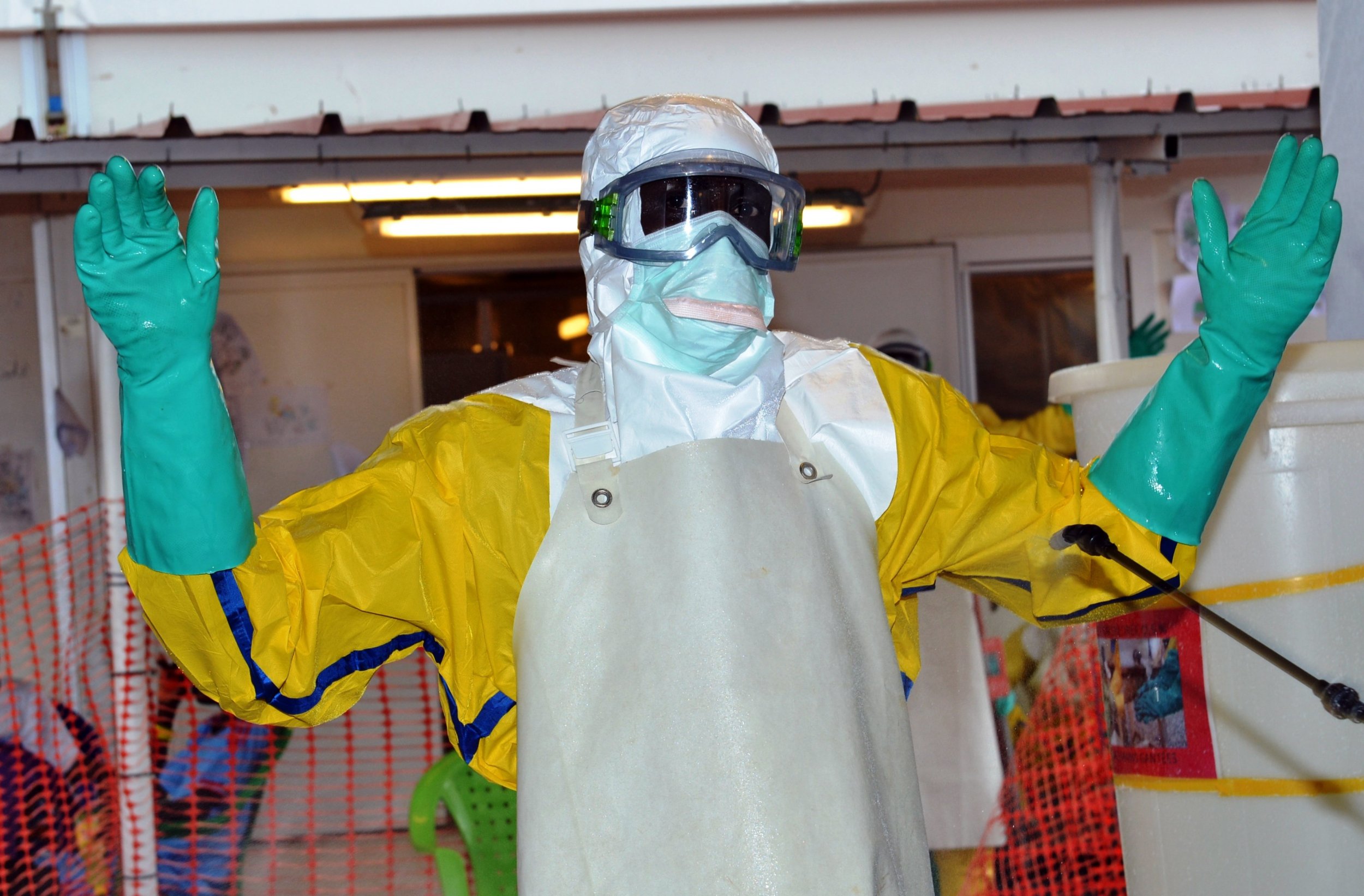
In Uganda, there's currently an outbreak of Marburg virus, an extremely infectious virus that causes victims to bleed from every orifice before finally succumbing to severe dehydration and blood loss. With a current fatality rate of 100 percent, the African nation has also reported a national outbreak of the horrific virus, also known as Ebola's cousin. Here's what you need to know.
First recognized in 1967, Marburg virus, formerly known as Marburg haemorrhagic fever, is a rare but extremely fatal hemorrhagic disease. The World Health Organization report that the fatality rate is about 50/50 for this virus, but in past outbreaks fatality rates have been as high as 88 percent. In the current outbreak all three of the three victims have died from the disease and Uganda did not wait for further deaths before declaring a national outbreak on October 19, CNN reported.
Related: Smuggled bushmeat is Ebola's backdoor to America
Although likely identified locally in Africa for centuries, Marburg virus was first recognized globally after a European outbreak of the disease in 1967. In this year, the virus was linked to two large outbreaks in Marburg and Frankfurt, Germany and in Belgrade, Serbia. Likely the inspiration for a number of your favorite infectious disease horror films, the outbreak traced back to laboratories using African green monkeys imported from Uganda. The 1967 outbreak led to 31 confirmed cases of Marburg virus, starting with laboratory workers but quickly followed by medical personnel who worked on them and family members who cared for them. In the wake seven of the ill lost their lives.
The virus is usually spread to humans from animals, most often bats and monkeys. Once in the human population, it can continue to spread by contact with bodily fluids from infected individuals.
Related: Ebola returns: what you need to know about the outbreak in Congo
The CDC report initial symptoms of the virus include fever chills, headache and generally not feeling very well. Later on, however, the symptoms can become more serious, such as nausea, vomiting, chest pain, sore throat, abdominal pain, and severe diarrhea.
"Symptoms of the Marburg virus include high fevers, head and body aches, and gastrointestinal symptoms like nausea, vomiting, and diarrhea," Dr. Talia Swartz, Assistant Professor of Infectious Diseases at the Icahn School of Medicine at Mount Sinai told Newsweek in an email. "They can arise between 2-21 days after initial infection. People are described as 'ghost-like' appearance from wasting and flat facial expression."
More severe symptoms can also develop such as jaundice, inflammation of the pancreas, severe weight loss, delirium, shock, and liver failure. Eventually victims may experience massive bleeding from the orifices and finally multi-organ dysfunction.
"What makes it so deadly is the fact that it can enter the body and attack many different cell types. Unlike with other pathogens, this virus does not rely on host susceptibility," wrote Swartz.
It's no surprise how the virus served as the inspiration for many Hollywood outbreak films. Marburg is classified as a Category A Priority Pathogen by the National Institute of Health, a ranking reserved for organisms/biological agents that pose the highest risk to national security and public health. The Center for Disease Control and Prevention also rank the virus as a Category A bioterrorism agent/disease, the highest reserved for diseases that pose the highest risk to national security.
As of November 15, the current Uganda outbreak has two confirmed and one probable case of the virus, with all three resulting in death. The cases were all linked among members of the same family, two brothers and one sister. However, CNN reports that several hundred people may have been exposed to the virus either at the medical facilities or during the burial process.
The country has the outbreak under control, and it's dealt with previous disease instances. Despite its contagious nature, taking precautions such as changing burial practices and using protective equipment when treating the sick can end the outbreak and prevent the illness from spreading further.
Uncommon Knowledge
Newsweek is committed to challenging conventional wisdom and finding connections in the search for common ground.
Newsweek is committed to challenging conventional wisdom and finding connections in the search for common ground.
About the writer
To read how Newsweek uses AI as a newsroom tool, Click here.








